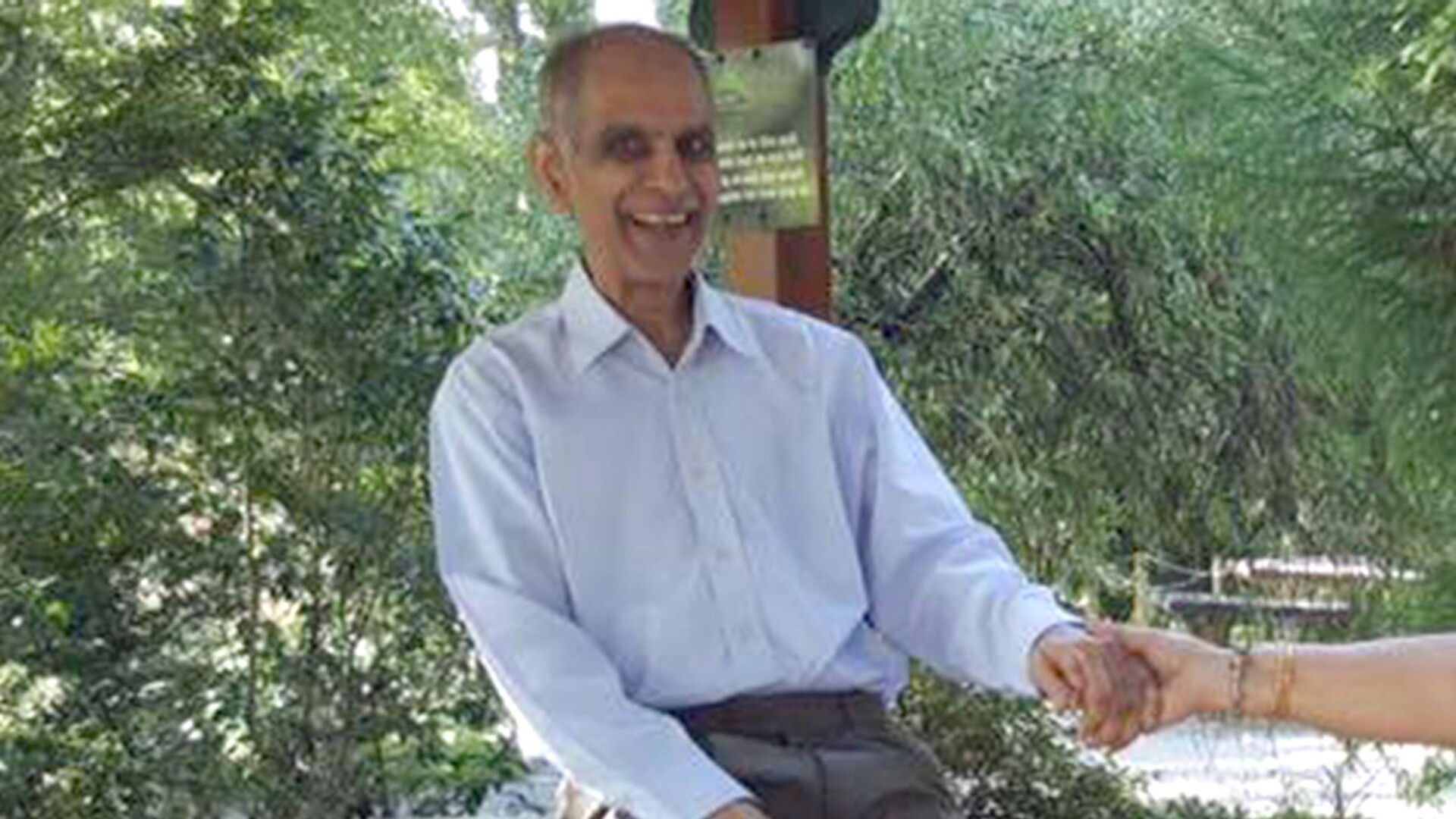Last week, the UK was shaken by the horrifying news that two 12-year-olds were involved in the death of an 80-year-old man, Bhim Kohli, with a 14-year-old now charged with murder. This is exactly the kind of crime that leads many to believe that all hope is lost, as if it signals the end of days.
But are children and teenagers actually becoming more violent, or are we simply more exposed to shocking acts of brutality among younger individuals?
The Youth Endowment Fund tells us that “in 2022/23, there were 14,298 proven violent offences by 10–17-year-olds, nearly half the number from 2012/13.” However, the situation is made more complicated by the fact that the downward trend has started to plateau, with a slight increase in arrests for violent offences in recent years. More worryingly, knife-related violence is on the rise, particularly among 13-19-year-olds, and especially in certain deprived areas.
Psychologists point to a cocktail of factors that may drive young people to extreme acts of violence, such as early childhood trauma, desensitisation from exposure to violent media, and disaffection born from dysfunctional systems within society. Yet lots of children who suffer don’t behave like this: there are evidently other forces at play. Carl Jung’s “shadow” theory — which suggests that the “shadow” represents the unconscious and repressed aspects of our personality, often including undesirable traits or impulses — may offer greater insight. These hidden aspects in our psyche influence behaviour and must be acknowledged and integrated for personal growth, otherwise they may manifest destructively in our lives.
Shadow theory may explain the dark spirit that led 14-year-old Graham Young to poison his stepmother, father, and sister in 1961. He later became a serial killer who died in prison. In 1968, 10-year-old Mary Bell strangled two boys and was later diagnosed with psychopathic personality disorder. In 1992, Sharon Carr — aged 12, and also later described as psychopathic — randomly chose to stab Katie Rackliff 32 times in the ribs, the heart, the vagina and the anus. The cruelty of Jon Venables and Robert Thompson’s murder of two-year-old James Bulger in 1993 remains infamous. In 2011, two brothers, aged 10 and 11 at the time, abducted and sadistically tortured two other little boys in Edlington in South Yorkshire. Now, with a 14-year-old charged in the Kohli’s murder, we may be adding another name to this grim list of unfathomably barbaric acts in childhood.
Child murderers go against the natural order of things as we instinctively view children as symbols of innocence and goodness. While most embody these traits, a tragic few reveal a capacity for savagery that challenges our deepest beliefs about childhood. It is very difficult for most people to confront cases such as those listed above.
It remains unclear whether Kohli’s murder is the act of a pathological young killer or a reflection of a society that fuels violence in disaffected youth. While bleak, these questions don’t mean that everything is broken; rather, they remind us of the existence of the shadow side of the human psyche. This forces us to contend with uncomfortable truths and, hopefully, to seek a deeper understanding of the violence within us.











Join the discussion
Join like minded readers that support our journalism by becoming a paid subscriber
To join the discussion in the comments, become a paid subscriber.
Join like minded readers that support our journalism, read unlimited articles and enjoy other subscriber-only benefits.
Subscribe